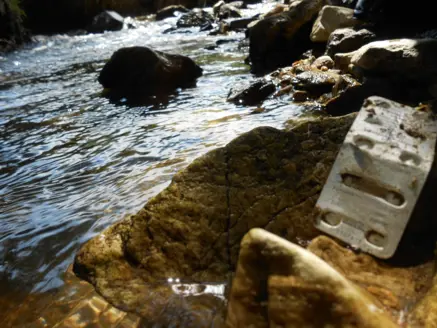Predicting organic micropollutants in aquatic environments: a machine learning approach (MLPOMA)
KEY POINTS- organic micropollutants
- machine learning
- monitoring
Project overview
More related research
Global goals
- 3. Good health and well-being
- 6. Clean water and sanitation
- 9. Industry, innovation and infrastructure
Short summary
The contamination of aquatic ecosystems by organic micropollutants (OMPs) — including pharmaceuticals, personal care products, hormones, pesticides, and detergents — is a growing concern due to their potential toxic and bioaccumulative effects. Identifying and monitoring OMPs often requires advanced, costly analytical techniques that are not always accessible. This project uses machine learning to improve monitoring and management of OMPs in Swedish waters. Our approach includes:
1. Predictive modeling — using environmental data to estimate OMP concentrations cost-effectively.
2. Feature selection — identifying key environmental factors that influence OMP levels.
3. Anomaly detection — flagging unusual patterns to support early warning systems.
We aim to develop robust models that predict OMP patterns in surface waters based on wastewater levels, helping assess risks, guide treatment needs, and prevent exceedance of environmental limits.
Project members:
Michael C. Welle, PhD, Researcher (KTH Royal Institute of Technology).
